We started thinking about road trip from Chicago to Alaska a while ago. We are hoping to finally make the trip this year, at least part of it to Canadian Rockies. Piotr started designing modifications we would need to make to be able to sleep in our 2014 Forester and have well organized space to load all the stuff. The work started in earnest in spring of 2020 with first parts/equipment purchased in June. There was no way we could make comfortable living space without replacing back seats with a platform extending from and leveled with the trunk floor. Piotr decided to use 30mm aluminum extrusion system (easy to install, modify or disassemble) for the support structure (strong, lightweight and using little space). No modifications were made to the car, no drilling holes for screws, nothing was glued. The design was flexible and many improvements followed. Photos illustrate design and main features. The platform was fully assembled in 2021 and tested for the first time (just 3 nights) on ☞ our trip to Isle Royale. Two plastic containers (with seals and latches to be water/dust-proof, and to keep rodents and pests out) are for food/kitchen and clothing. For the night they are stacked on passenger’s seat and duffel bag goes on drivers’ seat.
Driver’s seat does not have to be moved – Piotr takes longer space behind passenger’s seat which is moved forward for the night. Piotr made cut-to-shape foam mattress and pillows. On ☞ 2021 trip to California, we did not yet have roof-top cargo box: our backpacks fully packed and ready for John Muir Trail had to be moved around which was rather annoying. They traveled behind rolled mattress, plastic containers and other stuff was on the platform behind front seats. For the night, we placed mesh screens on back windows to keep them slightly (1-3 cm) open (later we added rain protectors). It all already worked quite well.
Before long “true” ☞ road trip to the Southwest in 2022, we added shelf (workbench) with drawer, extra mattress memory foam layer, cargo box, straps to hold rolled mattress. The bottom of the drawer on the outside is covered with the same carpet as the platform. Plastic containers, our portable wash station and 20L drinking water container fit under the workbench when mattress is rolled-packed. Surprisingly, clearance between mattress and work bench which looks rather low was not a problem at night. The mesh pocket on the workbench did not work and is no longer used. We packed more tools, spare parts, repair kits and car recovery tools as driving on more remote dirt road was planned. All hidden away in places not really usable for everyday items.
Addition of the shelf and drawer was the biggest improvement and time-saver. Finally, we had place for all small, frequently used items, work space to prepare quick meal, place to keep many items within reach at night etc. See-through containers work well. They are easy to move around, keep everything dry and clean, and can serve as side-tables. We learned to keep them closed all the time – a mouse boarded our car when we were cooking dinner and travelled with us for a couple of days. It did not get to our food. We always travel with portable wash station and now added basket for soap, bug sprays, dishwashing detergent, sunscreen etc., everything easily accessible. Roof-top cargo box makes packing a lot easier and faster (backpacks packed and ready for Buckskin/Paria Canyon hike traveled there out of the way). Hasika awning fits Forester very well and can be easily packed in the cargo box. Piotr shortened legs of the Eurmax canopy so folded it fits snugly behind front seats, but it is heavy and bulky, not good for long trips.
There is quite a bit of packing space below the sleeping platform for items used less frequently. Air compressor for tires, car battery jump-starter, reserves of paper towels and toilet paper etc. It took us a bit of practice to figure out what to pack where. Space on the floor behind front seats is relatively accessible – we keep extra food there, bottles with drinking water, small cooler. There is flat bag behind passenger seat for small items. And we have mesh pockets on both sides for shoes (up to 3 pairs each), easy to load from the side before shutting doors for the night, or getting different shoes. There is enough space on the platform (with mattress rolled) to load groceries or firewood we pack away or use later in the day.
This is really quite minimalistic life-style – experience from multi-day hikes made the transition easier (Joanna thinks we take too much of everything). We already have a good routine for everything from what stuff to take with us, how and where to pack it to seting-up camp in different environments, preparing our car for the night and packing in the morning, sourcing and cooking food. Being prepared for mechanical problems and emergencies (lucky so far). Good organization and compartmentalization make huge difference. We have been quite lucky with weather. Extended rainy or very cold weather could make living out of Forester camper more challenging. But there is always a weather forecast to get ready and wait the bad weather out in a motel or guest house, if necessary (we do it every 5-7 days anyway). Piotr is already on the next wave of improvements with new experience from 2024 ☞ Eastern Canada road trip.
Explanation of shelf installation (in place of standar cargo area cover).
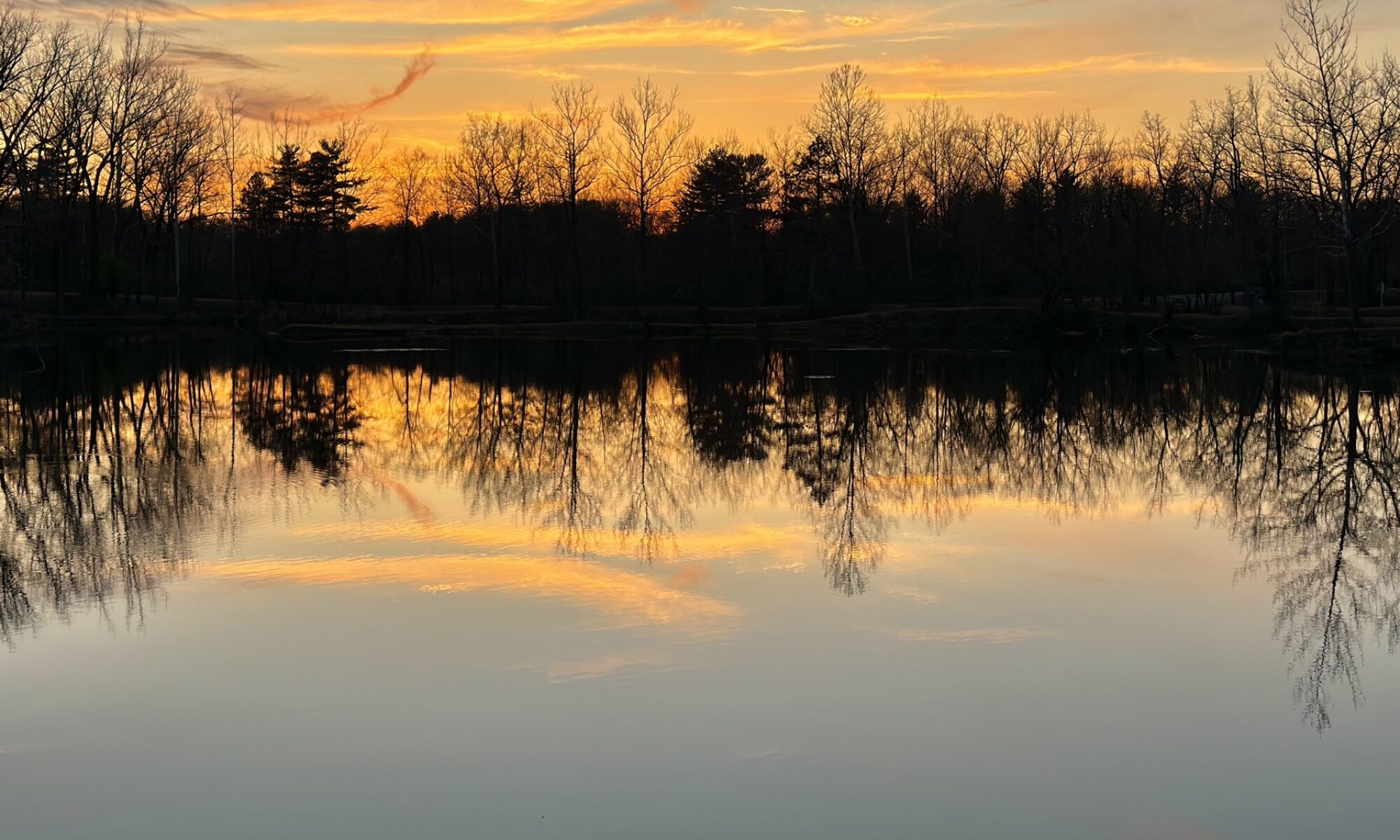

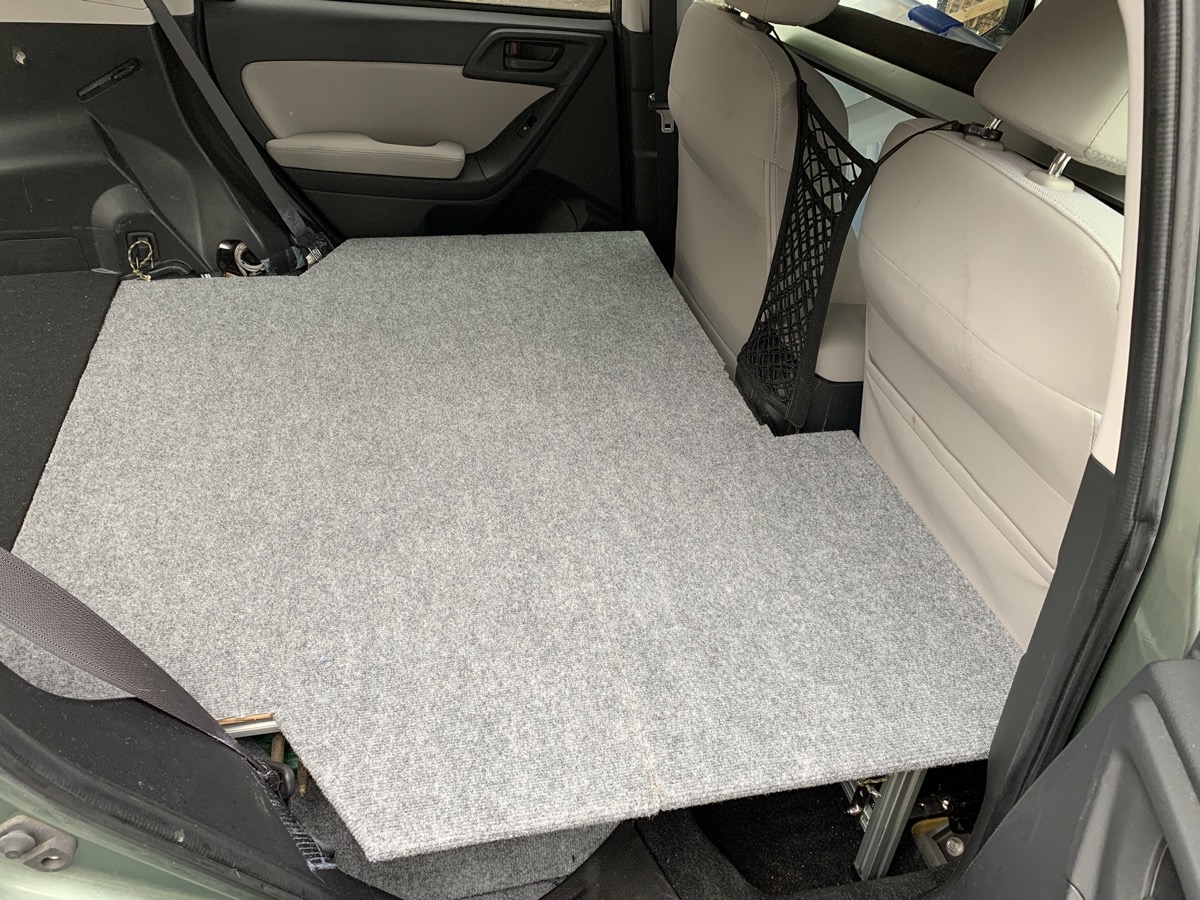
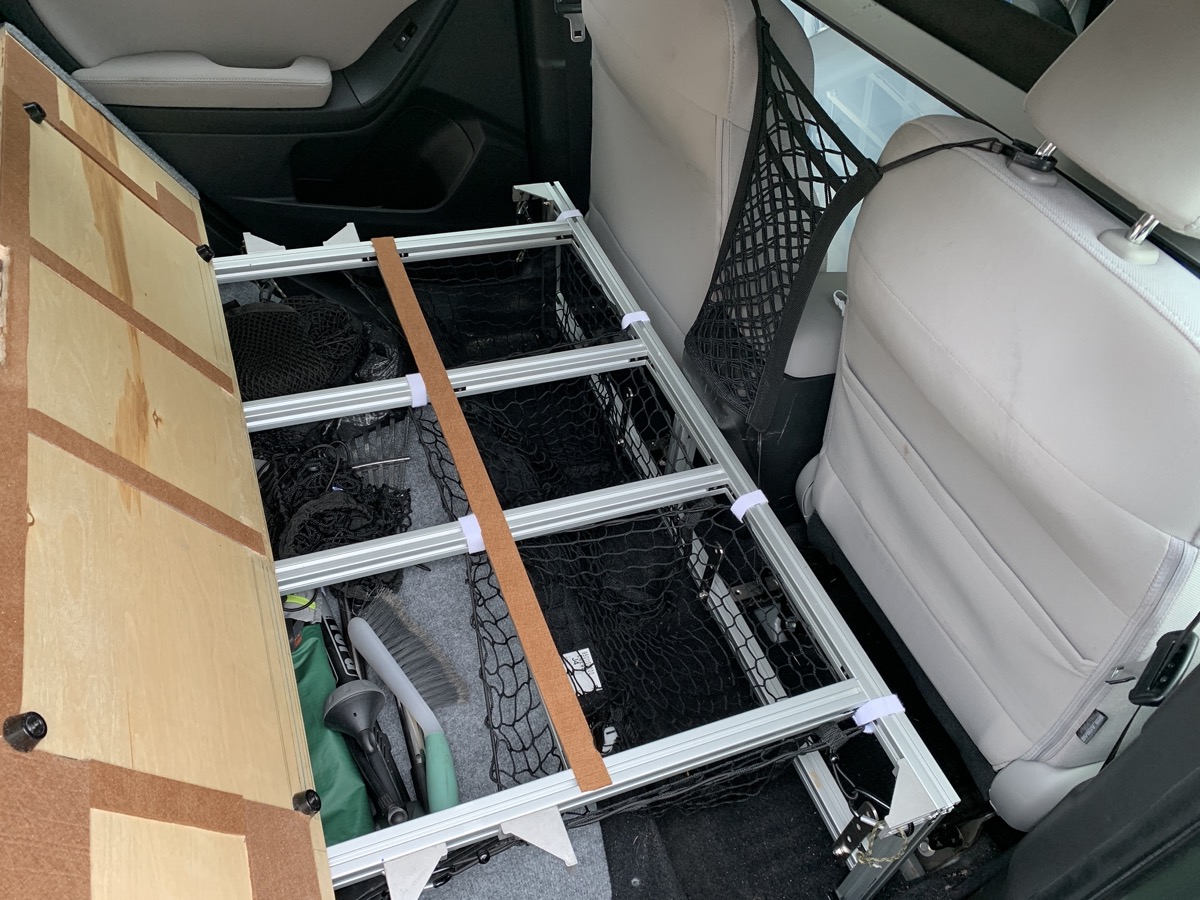
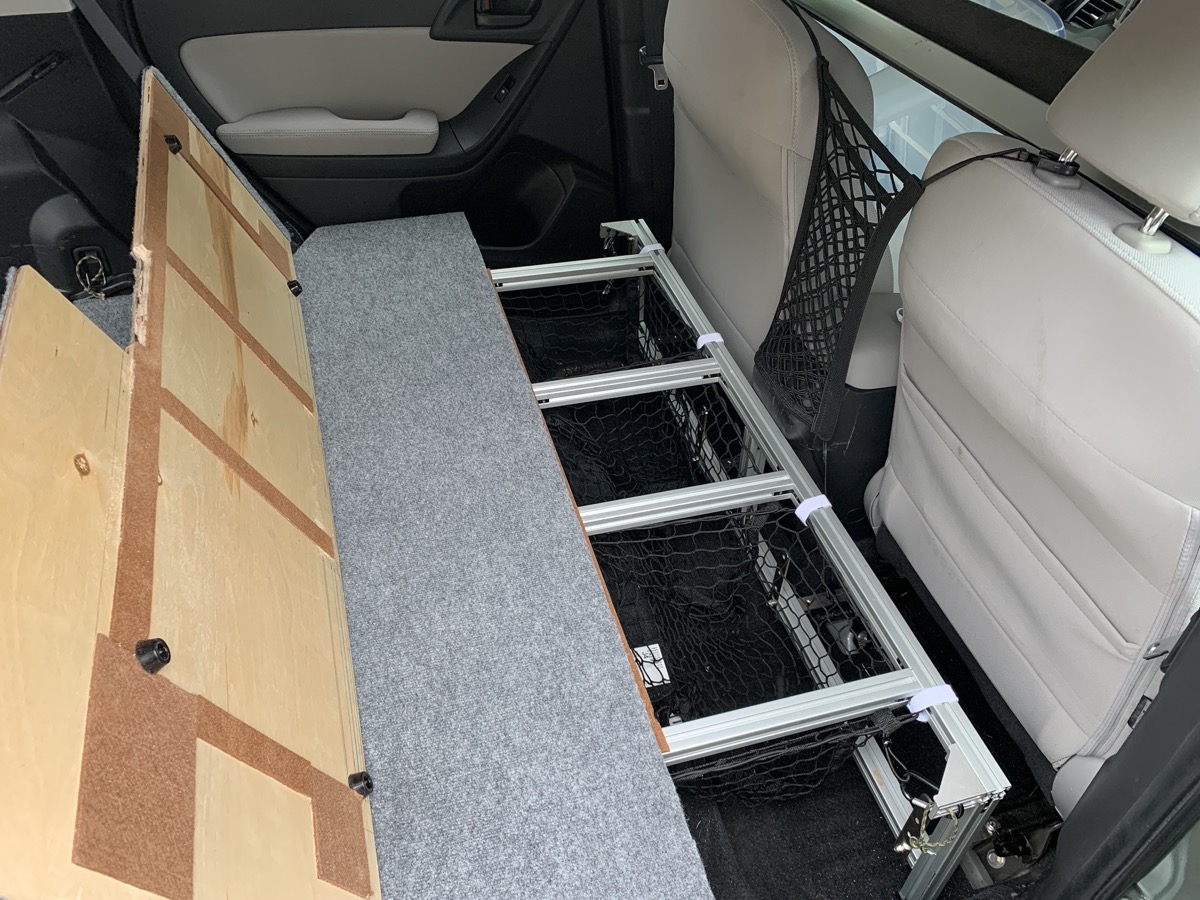

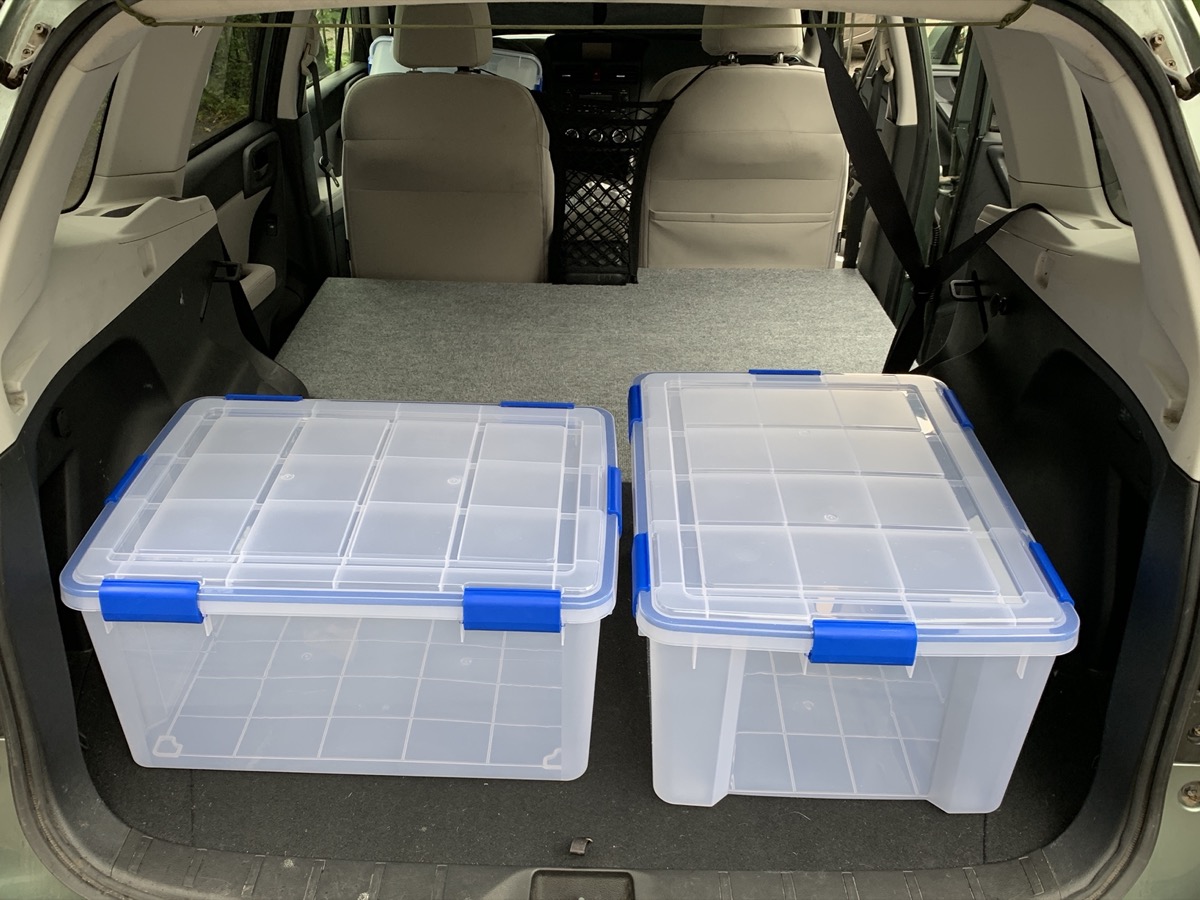
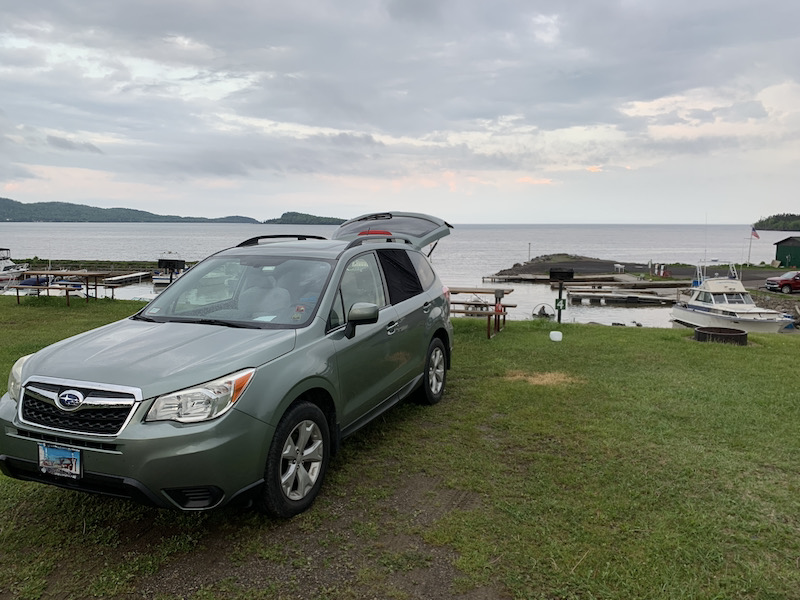
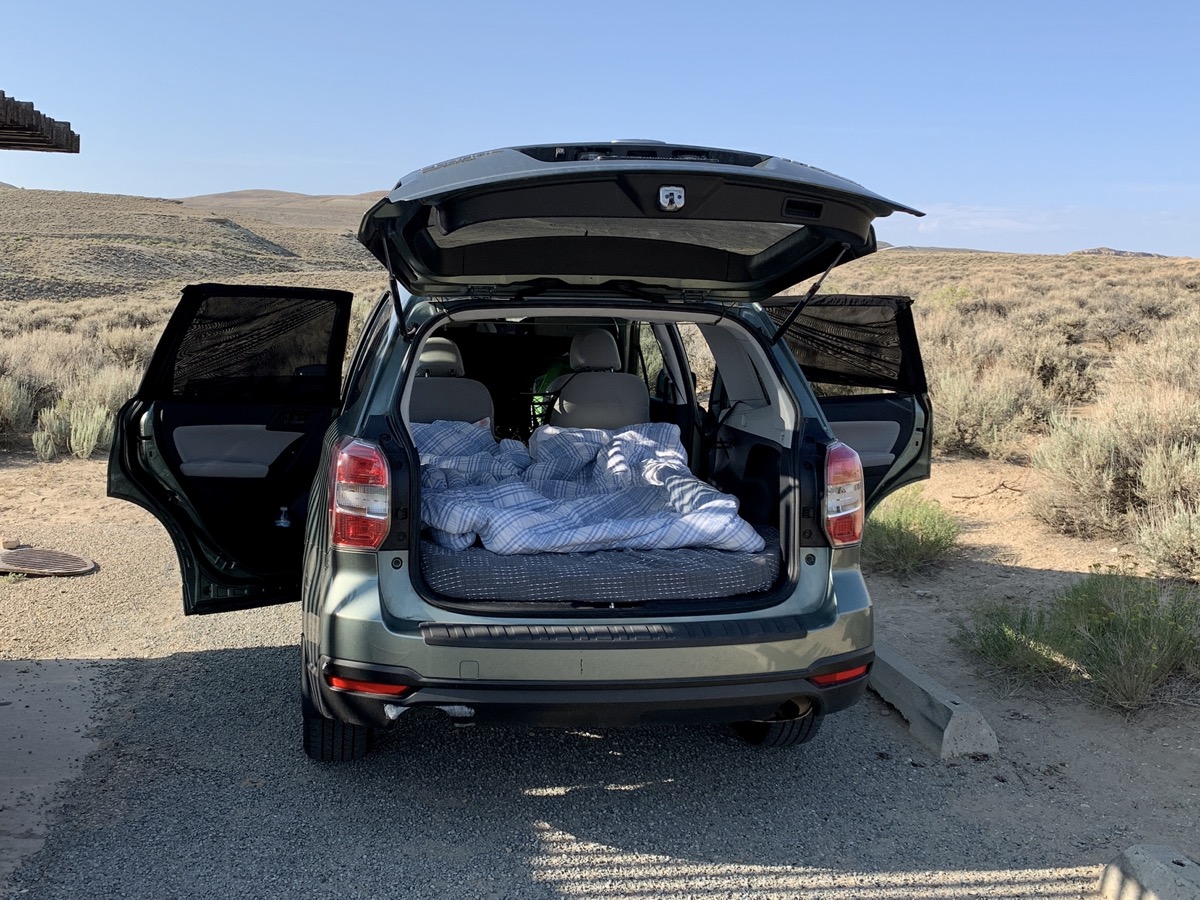
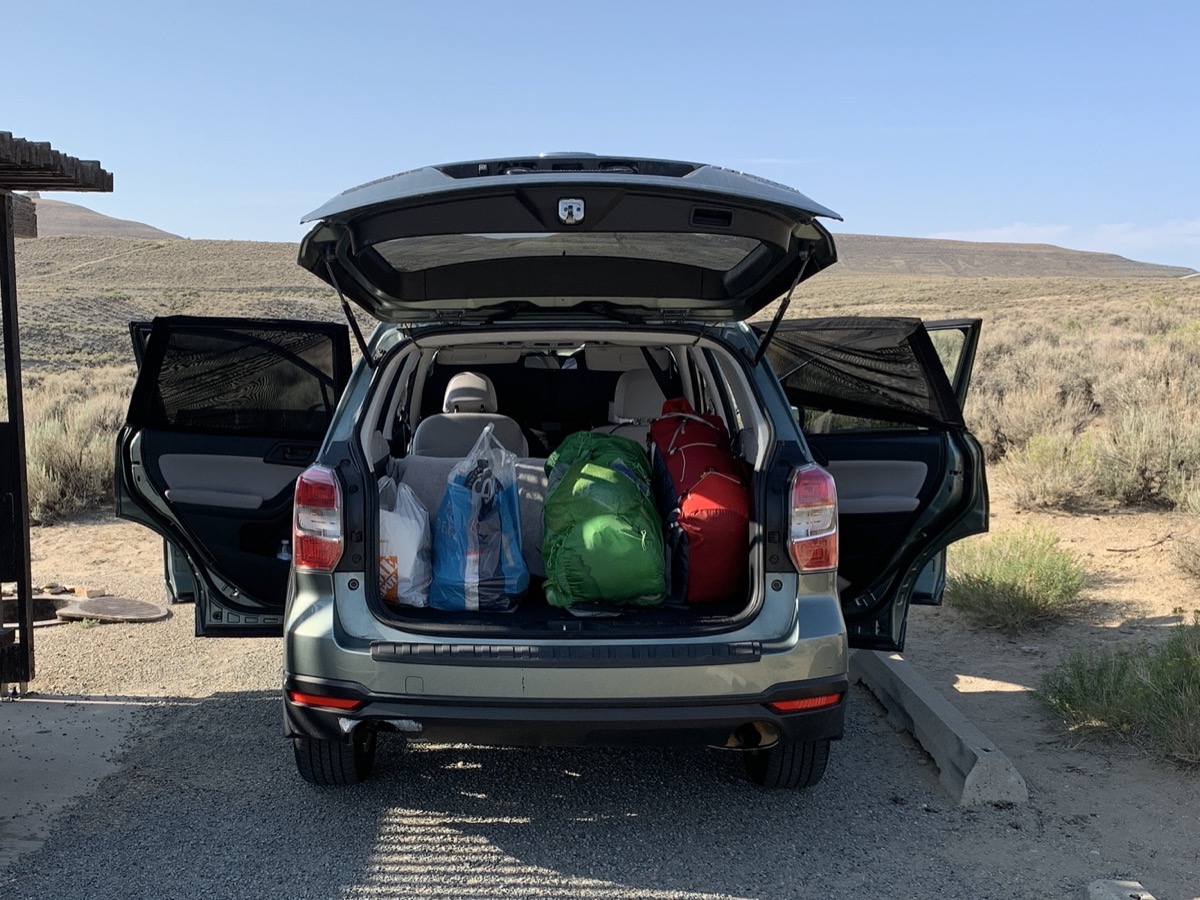

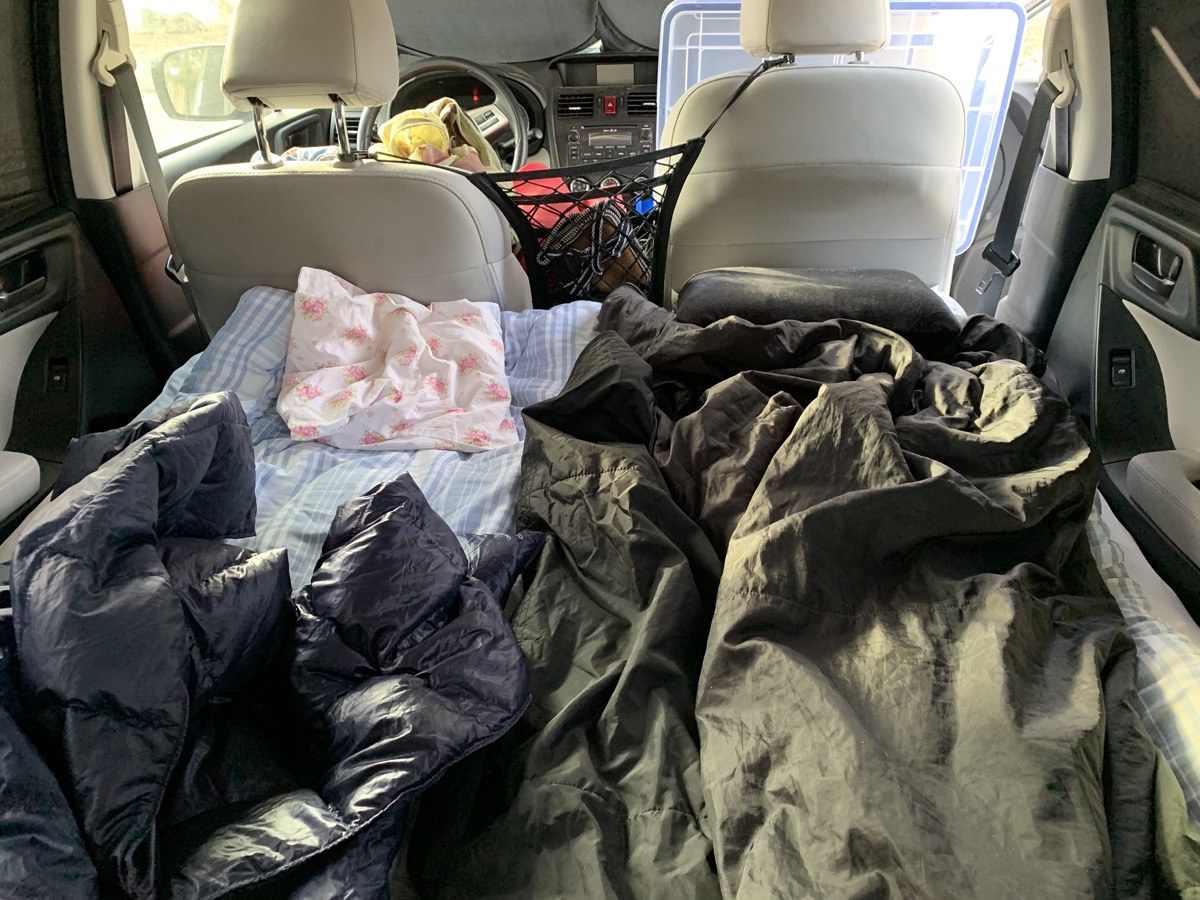
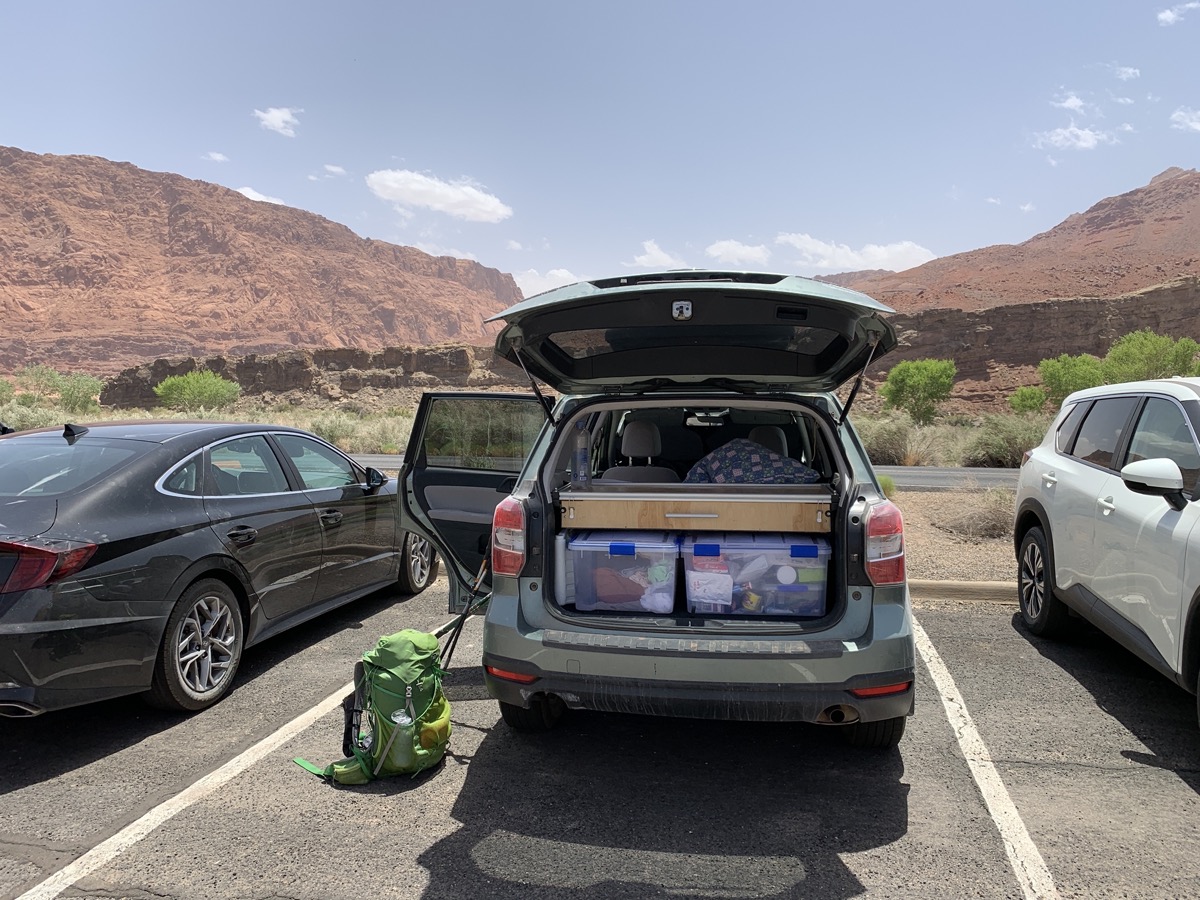
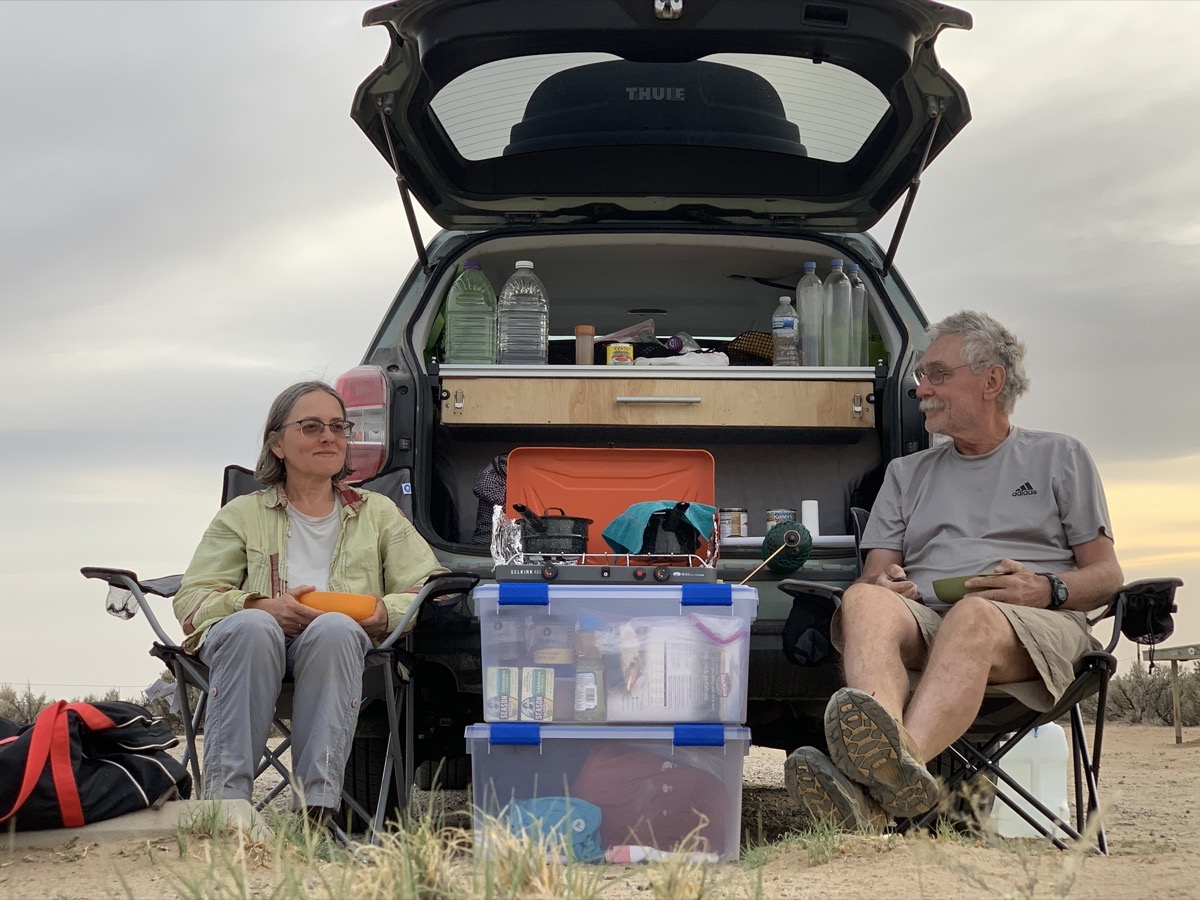
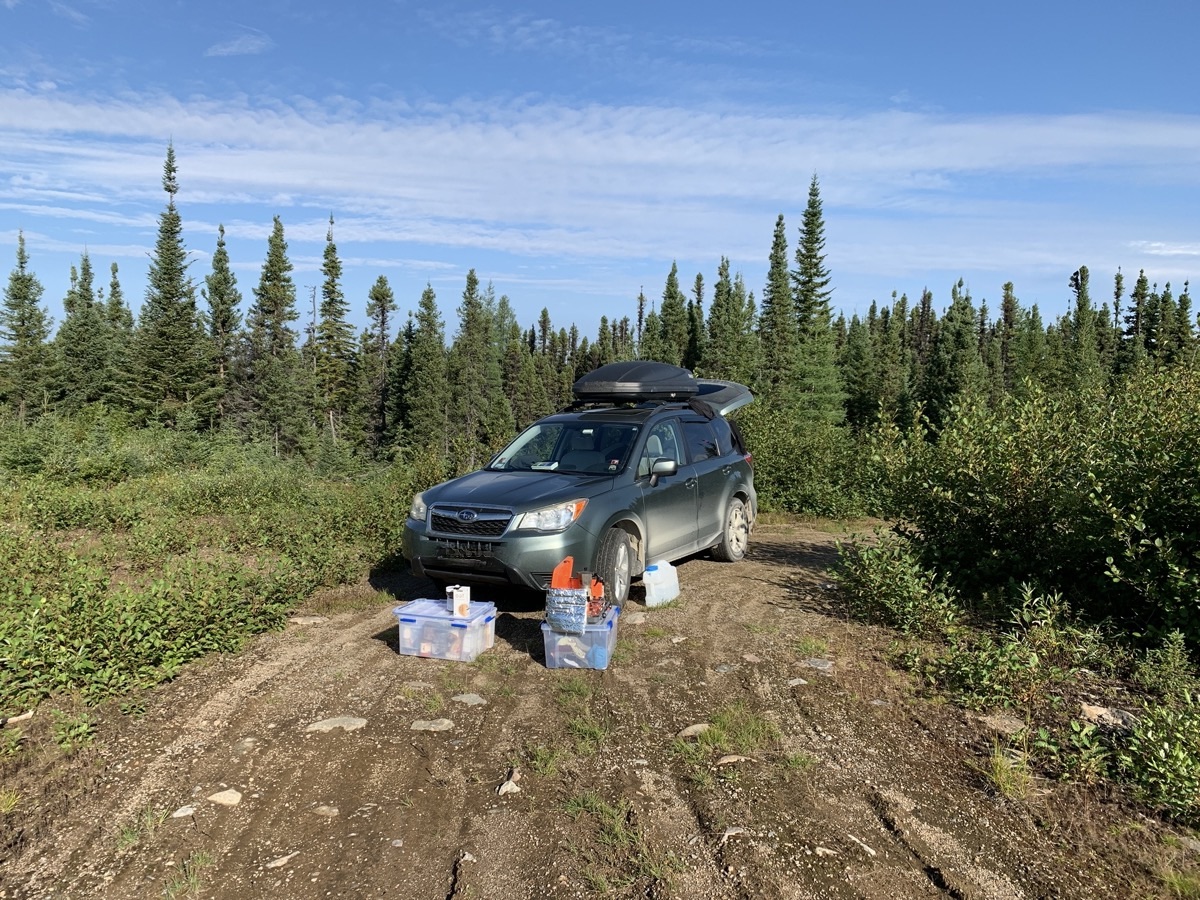

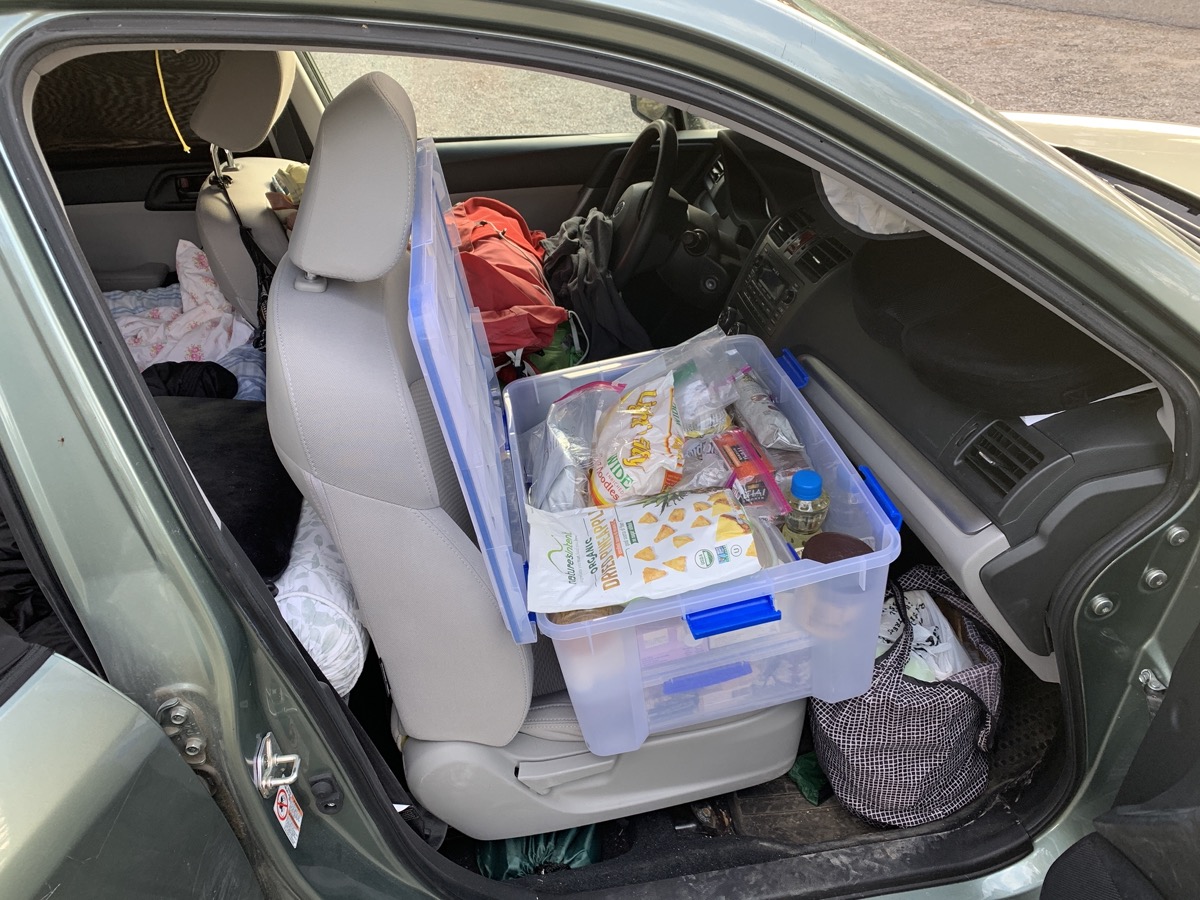


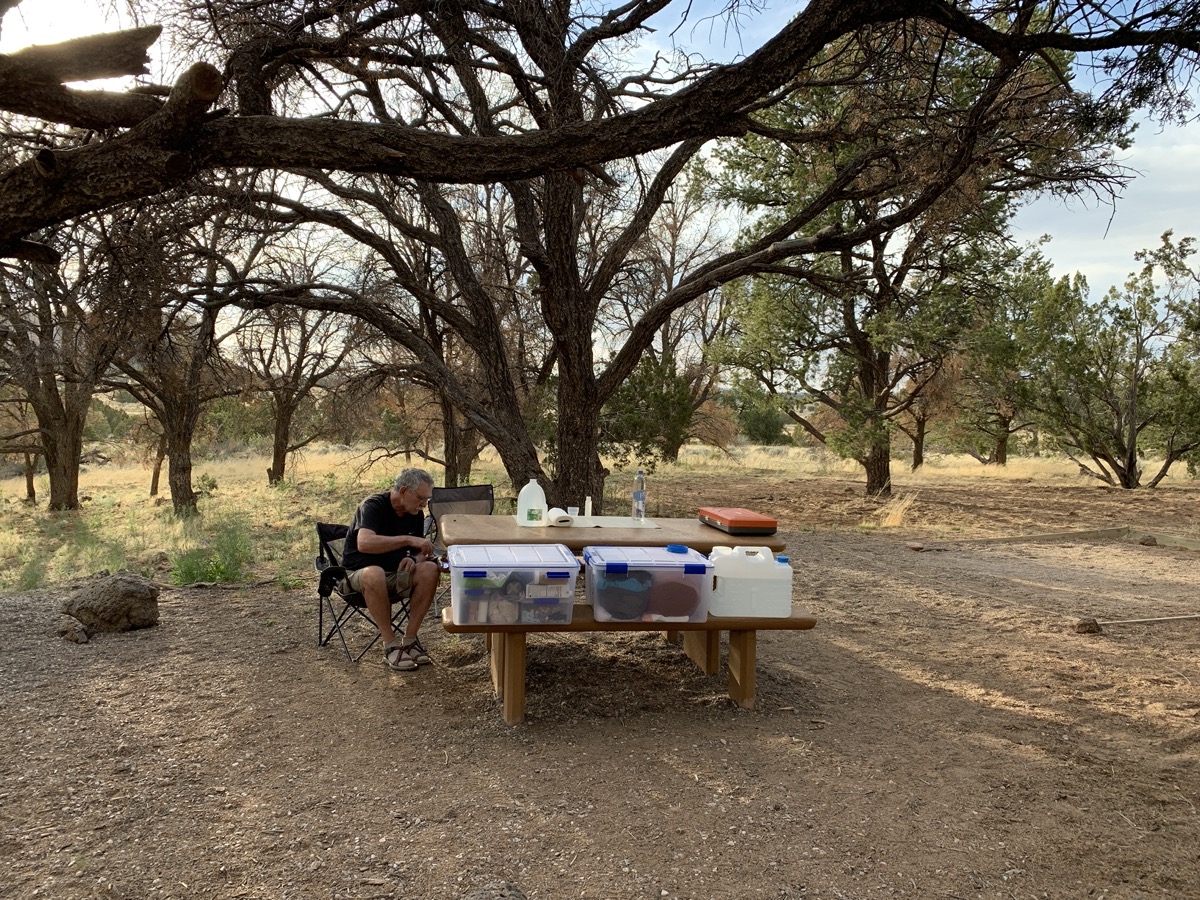


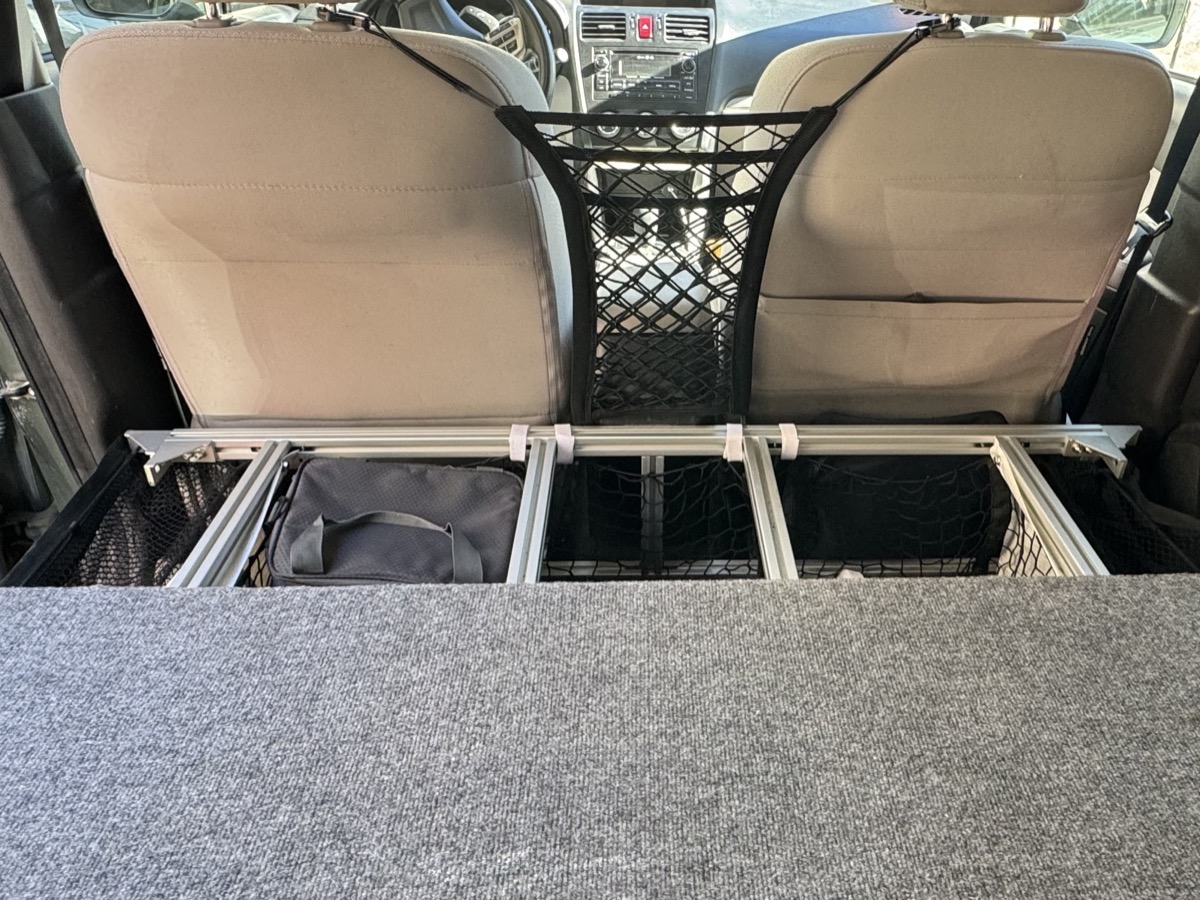
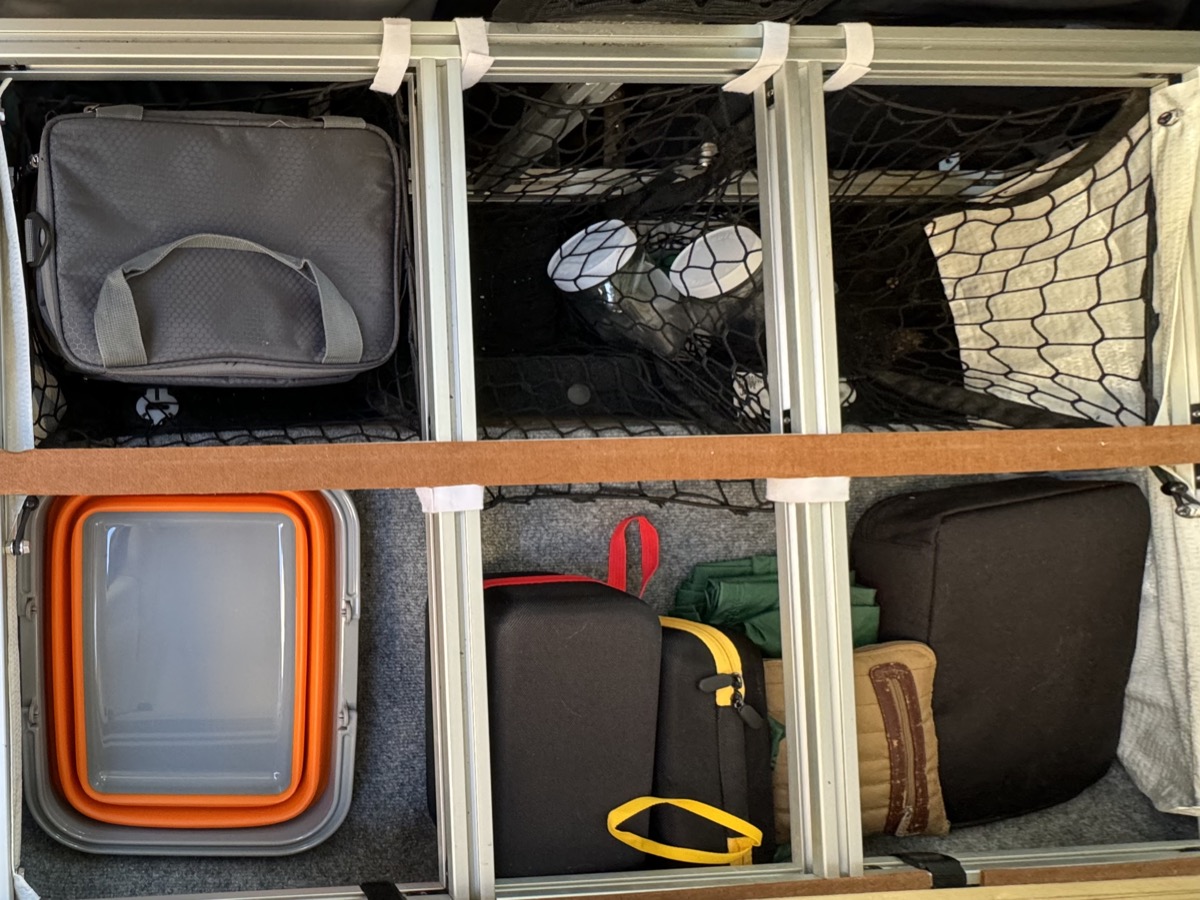
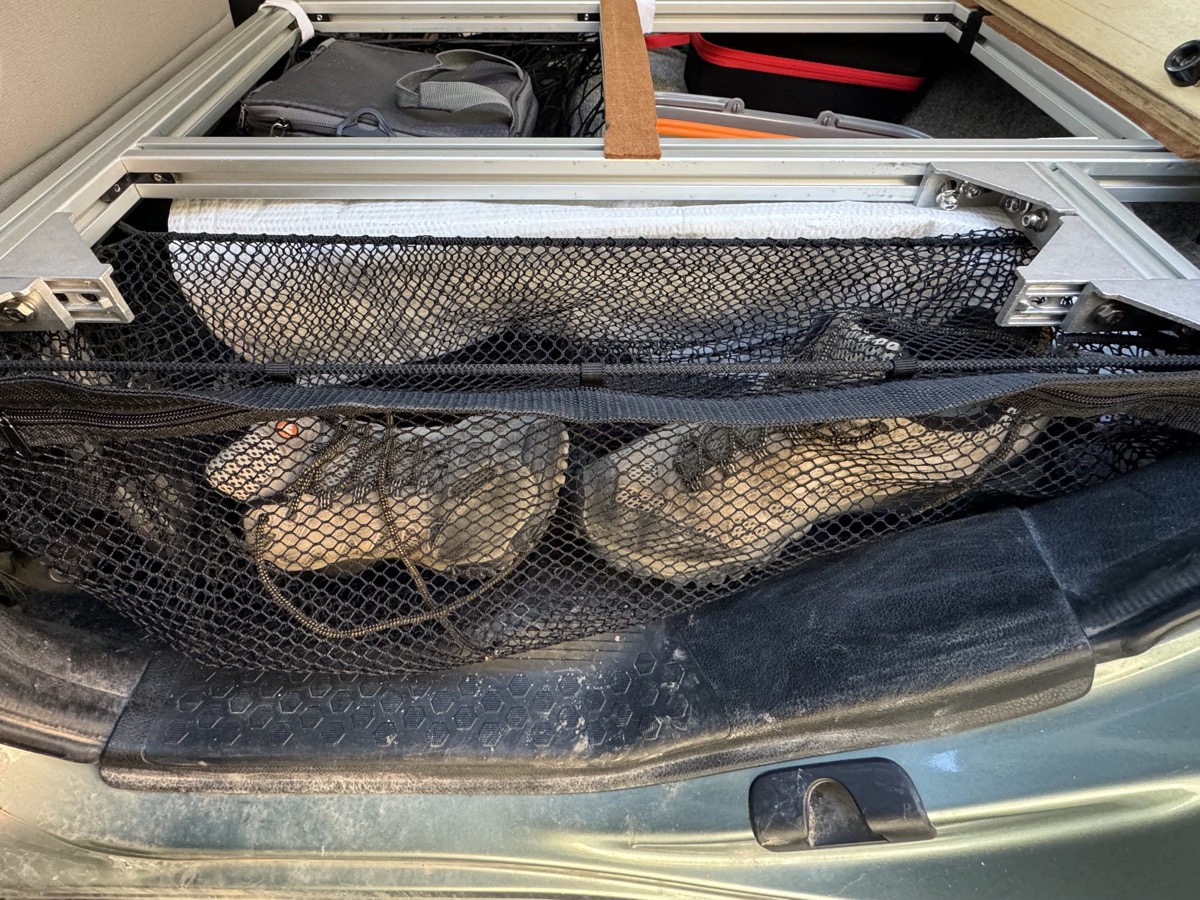
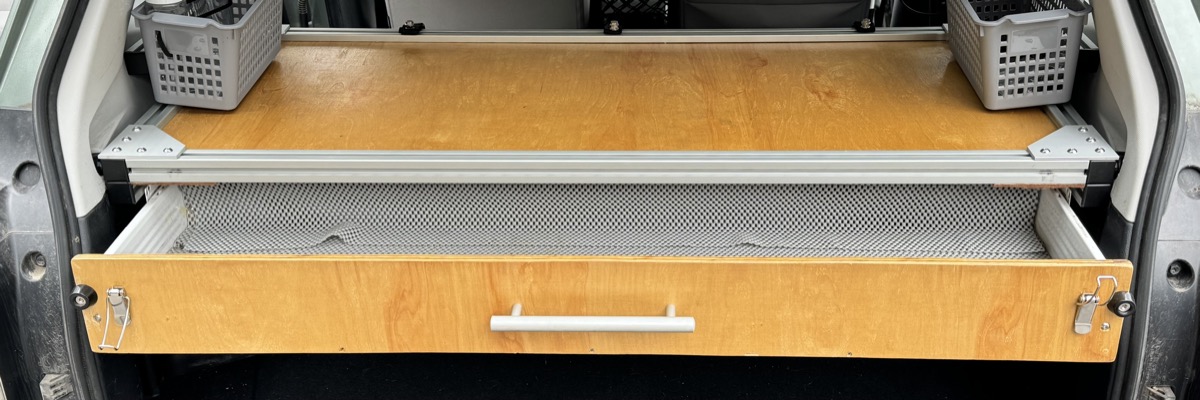
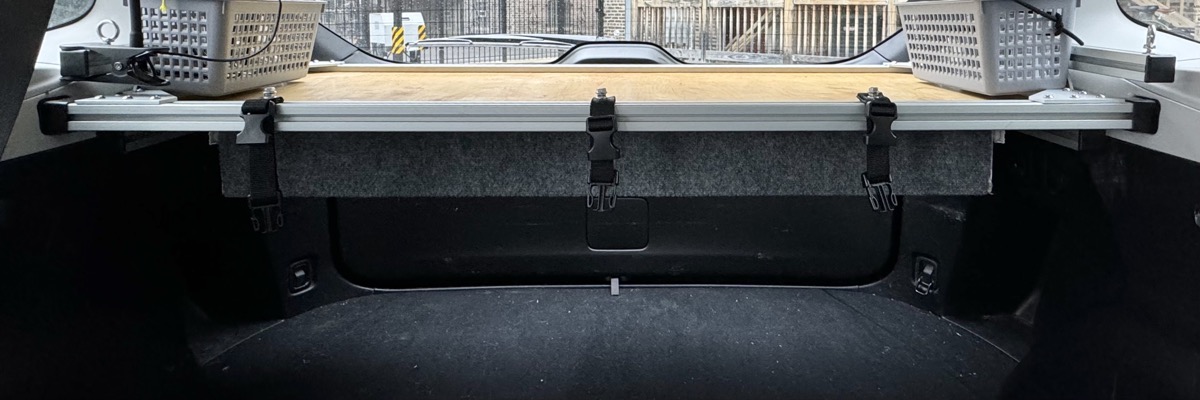
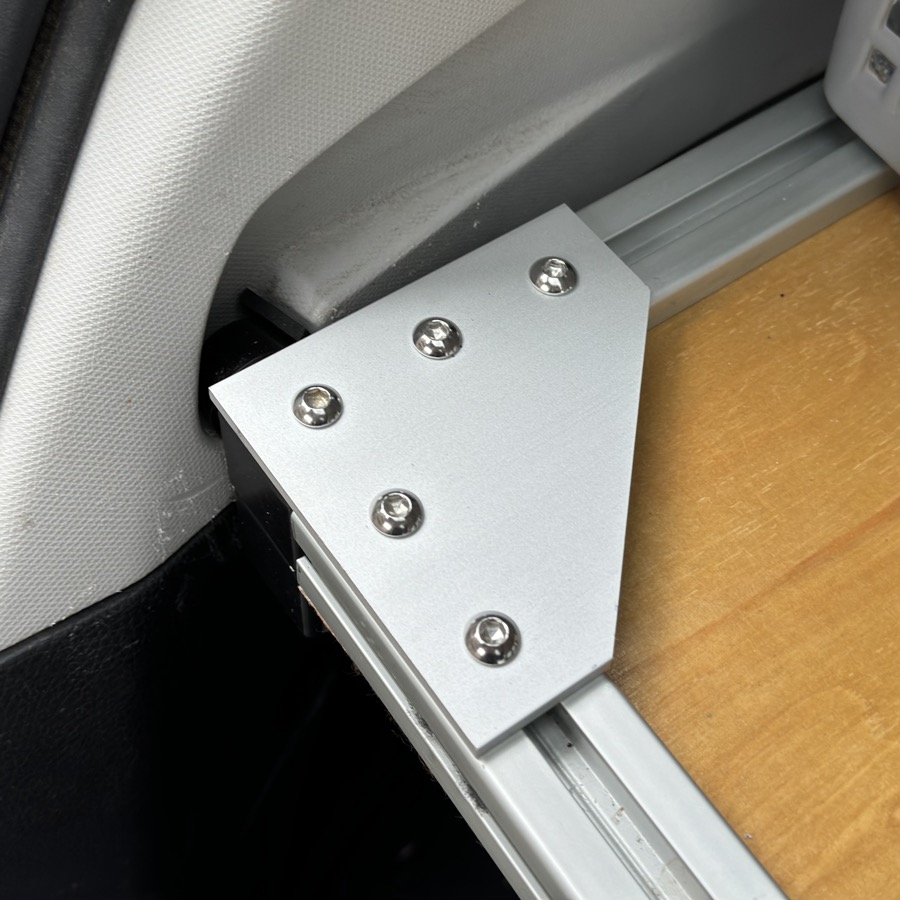

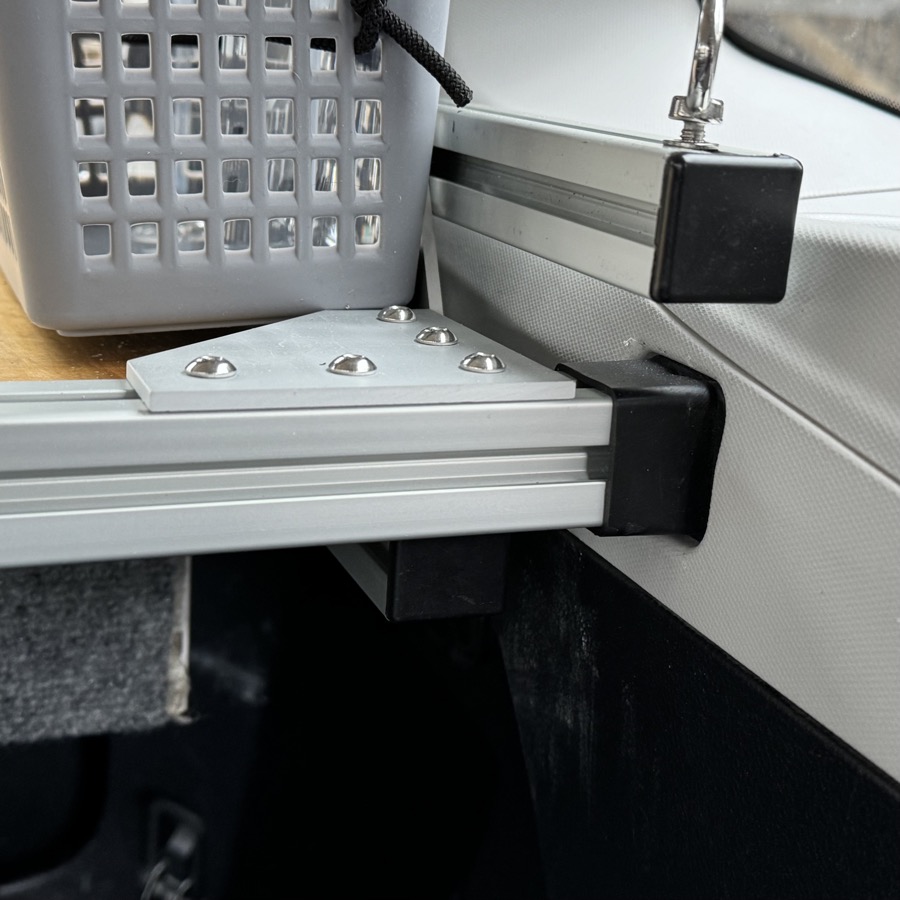
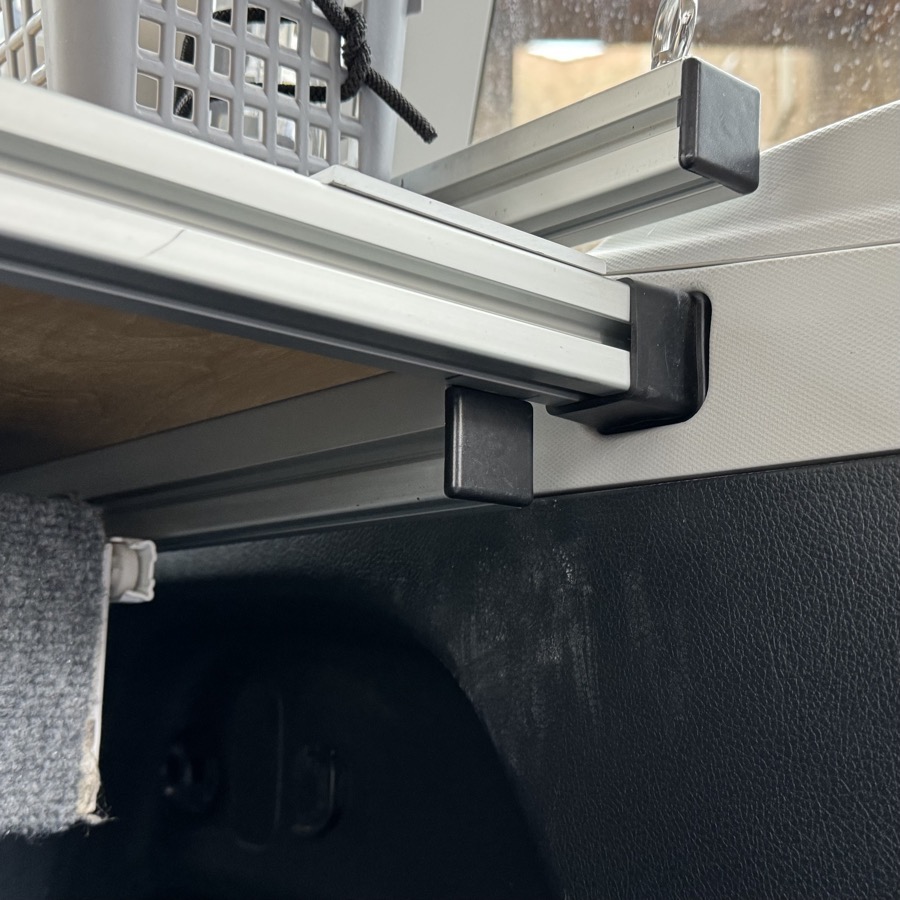
What a great instruction with fantastic photos – excellent sharing your knowledge and experience!